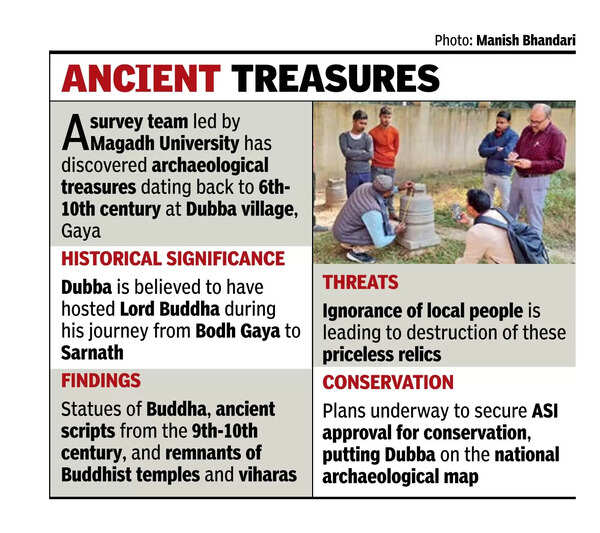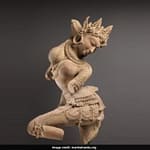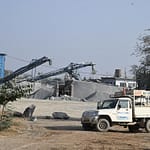Gaya: A survey team, constituted by Magadh University (MU) vice-chancellor Shashi Pratap Shahi, on Sunday stumbled upon presence of archaeological remains dating back to 6th-10th century at Dubba village under Gurua block of Gaya, around 20 km away from the district headquarters.
The team was headed by former head of the department of Ancient History and Asian Studies (AHAS), Sushil Kumar Singh.

The team apprehended that due to lack of knowledge among the Dubba villagers, the antiquities might get destroyed. For their conservation, the team is planning to make a special upgrade plan and it will soon submit a proposal to the Archaeological Survey of India (ASI), New Delhi and the Bihar State Archaeology Directorate in this regard.
The vice-chancellor said, “During the survey at Dubba village, many important archaeological remains were found, which are being studied. The survey will give benefits to the AHAS students, who will get an opportunity to get practical training as per the syllabus. The conservation, after seeking approval from the ASI, will put the place on the national map.”
Highlighting the historical importance of Dubba, Singh said: “It is said that at Dubba Lord Buddha stayed for some time while going from Bodh Gaya to Sarnath for Dharmachakrapravartan.” The archaeological remains suggest that there could have been Buddhist temples, viharas, stupas and many residential structures there. The team found statues of various expressions of Buddha, besides dozens of pillars of the structures of the ancient vihara, which are scattered all around the village. “The door pillars and branches give evidences of temples and monasteries,” he said.
He added that some pillars have ancient scripts inscribed probably from 9th-10th century. “This was confirmed by the ASI experts, when the team sent pictures of the script to them to seek an opinion. During the survey, mounds, monasteries and votive stupas made of bricks were also found and their shape and type match with the ancient Buddhist viharas found in Magadh region dating back to around 7th century,” he said.
“Unfortunately, out of ignorance, the ancient remains are being destroyed by the local villagers. People are digging and mining the soil and deposits from the mound site, which poses threat to the idols and the precious antiquities,” he said, adding, many rare idols are being worshipped as various forms of deities in the houses of the villagers.
“After discussions with other team members, we have decided to request the vice-chancellor to allocate some fund. If ASI grants permission, the team will work to preserve the ancient remains,” Singh added.











